The 9-Step Change Cycle| Step 8 Keep on Keeping on

In the realm of organisational change, maintaining momentum is often just as crucial as the initial push for transformation. Step 8 of the 9 Step Change Cycle, “Keep On Keeping On,” underscores the importance of perseverance and a phased approach in driving lasting change within an organisation.
In this article, we’ll explore why persistence matters, what it entails in Change Management, and how it compares to the pitfalls of a big bang approach. The comparable examples of confectionary giant Hershey’s big bang and behemoth Procter & Gamble’s phased ERP implementation approaches will serve as real world examples of this 8th step.
This is the penultimate article of a series exploring the CCS 9-Step Change Cycle. Drawing on over 30 years of combined change management experience, our hybrid model combines Kotter’s Change Principles with Lean Sigma for meaningful and lasting organisational change.
Why Persistence Matters

Change is rarely linear or straightforward. It’s a journey filled with challenges, setbacks, and unforeseen obstacles. Without persistence, even the most well-conceived change initiatives can falter in the face of adversity. By embracing a mindset of persistence, organisations can weather the storms of change and stay focused on their long-term objectives.
Persistence is essential for several reasons, here are our top 3:
- Sustainability: Change that is rushed or forced can lack the necessary foundation to endure over time. By persistently nurturing and reinforcing new behaviours and processes, organisations can embed change into their culture and ensure its sustainability.
- Adaptability: Markets evolve, technologies advance, and customer preferences shift. Persistent organisations are better equipped to adapt to changing circumstances, remaining agile and responsive in dynamic environments.
- Resilience: Setbacks and failures are inevitable in any change journey. However, organisations that exhibit persistence are more resilient, bouncing back from setbacks with renewed determination and learning from their experiences.
How do we “Keep On Keeping On”?

“Keep On Keeping On” encapsulates the commitment to continuous improvement and gradual progress. Rather than pursuing quick but superficial fixes or sweeping overhauls, we endorse an iterative approach, focusing on incremental changes that build upon one another over time. This approach involves:
- Phased Implementation| Change is implemented in manageable stages, allowing time for evaluation, adjustment, and learning between each phase. This ensures that changes are carefully integrated and aligned with organisational objectives.
|Top Tip
Ensure you are applying the right methodology for the type of change you are implementing. Our 9-Step Change Cycle provides a broad framework for making meaningful change, whilst our team offer a host of methodologies for project management such as Lean Sigma, Waterfall, Agile, and Scrum to name a few. You may want to consider a combination of these depending on your needs.
- Stakeholder Engagement| Effective change management involves engaging and empowering stakeholders throughout the process. By soliciting feedback, addressing concerns, and fostering a sense of ownership, organisations can cultivate buy-in and support for change initiatives.
|Top Tip
In process improvement initiatives, process mapping and improvement workshops for your current and future processes are a must. Gain input and involvement from stakeholders across your organisation who are directly involved in making your process happen. This yields three key advantages:
1. It ensures you have a realistic and accurate understanding of where you are and what needs to change, and
2. This is like an early onboarding process — the staff involved with the processes will already be involved in creating and will be more able and motivated to drive improvements.
3. If your company holds regular internal business-wide updates like “Town Halls”, ensure that you directly share wins and invite feedback from the wider business — remember to follow up on any feedback requiring action.
- Learning and Adaptation| Change is not a one-size-fits-all proposition. Persistent organisations continuously assess their strategies, learn from both successes and failures, and adapt their approaches accordingly. This culture of learning enables organisations to refine their change efforts and drive continuous improvement.
|Top Tip
Plan time and allocate responsibilities for training, retrospectives, one-to-one feedback sessions and course re-alignments from the outset. This means stakeholders are fully equipped for change and that you can be responsive to necessary adjustments from the outset.
Compared with the Big Bang Approach…
In contrast to the persistence of a phased approach, the big bang approach advocates for rapid, wholesale change with little regard for nuance or complexity. While this approach may promise quick results, it often comes with significant risks and pitfalls:
- Disruption: Big bang implementations can disrupt operations, causing confusion, resistance, and productivity losses. Without proper planning and preparation, organisations may struggle to manage the fallout from such abrupt changes.
|Top Tip
If you are already in this situation and stuck, reach out to us as soon as possible for a chat about where you are, how you might de-escalate the situation and get back on track.
- Resistance: Rapid change can trigger resistance among employees who feel overwhelmed or disenfranchised by the pace and scope of transformation. This resistance can undermine the success of change initiatives and lead to employee disengagement and morale issues.
|Top Tip
If your people have become disengaged, accept that the big bang approach is backfiring and prioritise re-configuring your approach. In a phased approach, we would normally Assemble your Agents of Change which would identify, onboard, equip and activate people amongst your staff who are key influencers for the change. Reach out to us for a chat about where you are and what can be done to get everyone on board and moving forward.
- Limited Flexibility: The big bang approach leaves little room for course correction or adaptation in response to unforeseen challenges. Organisations may find themselves locked into rigid strategies that are ill-suited to evolving circumstances.
|Top Tip
In all, if you can help it, avoid big bang approaches and opt for the phased and iterative improvement approach. Over 30 years of change management mean that we have had exposure to the multiple examples of both and we cannot emphasise enough how much time, effort and frustration you will save by choosing a measured approach.
CASE STUDIES

Hershey’s and Procter & Gamble were both sold on the benefits of implementing an ERP (Enterprise Resource Planning) software. A product that helps organisations streamline their processes across the entire company, providing accurate and almost real-time information to allow for improved strategic and operational decision-making. Their comparable approaches and results reinforce the need to ensure you have a persistent and iterative approach to change, as opposed to a sweeping big bang.
Procter & Gamble (P&G)| Digital Transformation Legend
P&G’s SAP ERP implementation was a multi-year endeavour that spanned several phases. While exact timelines may vary depending on specific details and phases of the implementation, P&G’s ERP integration process took several years to complete. P&G began its ERP project in the early 2000s and gradually rolled out the system across its global operations over an extended period. The phased approach allowed P&G to carefully manage the complexity of the project, address challenges, and ensure successful adoption by its employees and business units. To this day, P&G are still used as the success in story business schools, academic journals and studies on effective digital transformations in business.
Hershey’s| Digital Transformation Cautionary Tale
Hershey’s ERP project, also involving the implementation of SAP’s ERP system, had a notably shorter timeframe compared to P&G’s project. Hershey’s opted for a big bang approach, intending to switch over to the new ERP system all at once with a heavy reliance on shortcuts in training, scheduling and testing. The implementation took place in 1999, and the consequences of the failed rollout were evident almost immediately. Hershey’s experienced significant disruptions in production and distribution, particularly during critical sales periods like Halloween. The failed implementation had severe consequences for Hershey’s, leading to lost sales (famously failing to fill $100m of orders, despite having the stock in their inventory), damaged relationships with retailers, and a negative impact on the company’s reputation and stock price (a fall of 8% by September that year) and making the front page of the Wall Street Journal. Hershey’s eventually recovered from this monstrous failure, but it did take several years.
While specific timelines may vary based on different phases and aspects of the ERP projects, these examples illustrate the importance of careful planning, execution strategy, and risk management in ERP implementations. P&G’s phased approach allowed for a more controlled and successful integration process, while Hershey’s big bang approach resulted in significant challenges and negative outcomes.
Overall, in the journey of organisational change, persistence is the compass that guides us through uncertainty and adversity, which are inevitable features of any change project. By embracing a phased approach and committing to “Keep On Keeping On” alongside the rest of our 9-Step Change Cycle, you can navigate change with resilience, agility, and sustained success. As Hershey’s and P&G have shown, rather than succumbing to the allure of supposed quick fixes, embracing the power of persistence as you chart your course can literally pay dividends.
In the words of Calvin Coolidge:
“Nothing in the world can take the place of persistence. Talent will not; nothing is more common than unsuccessful men with talent. Genius will not; unrewarded genius is almost a proverb.”
If you enjoyed this article and would like to share thoughts or questions, please drop a comment below, connect on LinkedIn, or book a 30-minute chat. You can also learn more about our services or download resources via the CCS website.

